What is the tolerance range of precision screws?
What is the tolerance range of precision screws?
Service Hotline
+86760-8787 8587We have more than ten years of production experience in the screw industry, the main products are: GB70.2 screws, cross flat head screws and nuts, plastic cap nuts and nuts, titanium steel pure titanium screws and nuts, special screws for S-type guardrail, DIN6796, round knurled hand Fasteners such as screw nuts, rivets, semi-circle head socket head cap screws, chemical expansion screws, outer hexagon hub screws, DIN9021 enlarged flat washers, bridge carriage screws, wing nut screws, torx thumb screws, etc., due to the product material and Specifications vary, prices vary, please contact us if necessary.


The bolt thread is generally cold worked, so that the thread blank within a certain diameter range passes through the rubbing (rolling) wire plate (die), and the thread is formed by the pressure of the wire plate (rolling die). The plastic streamline of the threaded part is not cut off, the strength is increased, the precision is high, and the quality is uniform, so it is widely used. In order to make the outer diameter of the thread of the final product, the required thread blank diameter is different, because it is limited by factors such as thread accuracy and whether the material is coated or not. Rolling (rubbing) thread is a processing method that uses plastic deformation to form thread teeth. It uses a rolling (screwing plate) die with the same pitch and tooth shape as the thread to be processed, while extruding the cylindrical screw blank, while rotating the screw blank, and finally transferring the tooth shape on the rolling die to the On the screw blank, the thread is formed. The common point of rolling (rubbing) thread processing is that the number of rolling revolutions does not need to be too much. If it is too much, the efficiency will be low, and the surface of the thread teeth will easily cause separation or random buckle. On the contrary, if the number of revolutions is too small, the diameter of the thread is easy to be out of round, and the pressure at the initial stage of rolling increases abnormally, resulting in a shortening of the life of the die. Common defects of rolled threads: cracks or scratches on the surface of the thread part; random buckles; out of roundness of the thread part. If these defects occur in large numbers, they will be discovered during the processing stage. If the number of occurrences is small, the production process does not notice these defects and then circulates to users, causing trouble. Therefore, the key issues of processing conditions should be summarized, and these key factors should be controlled in the production process.
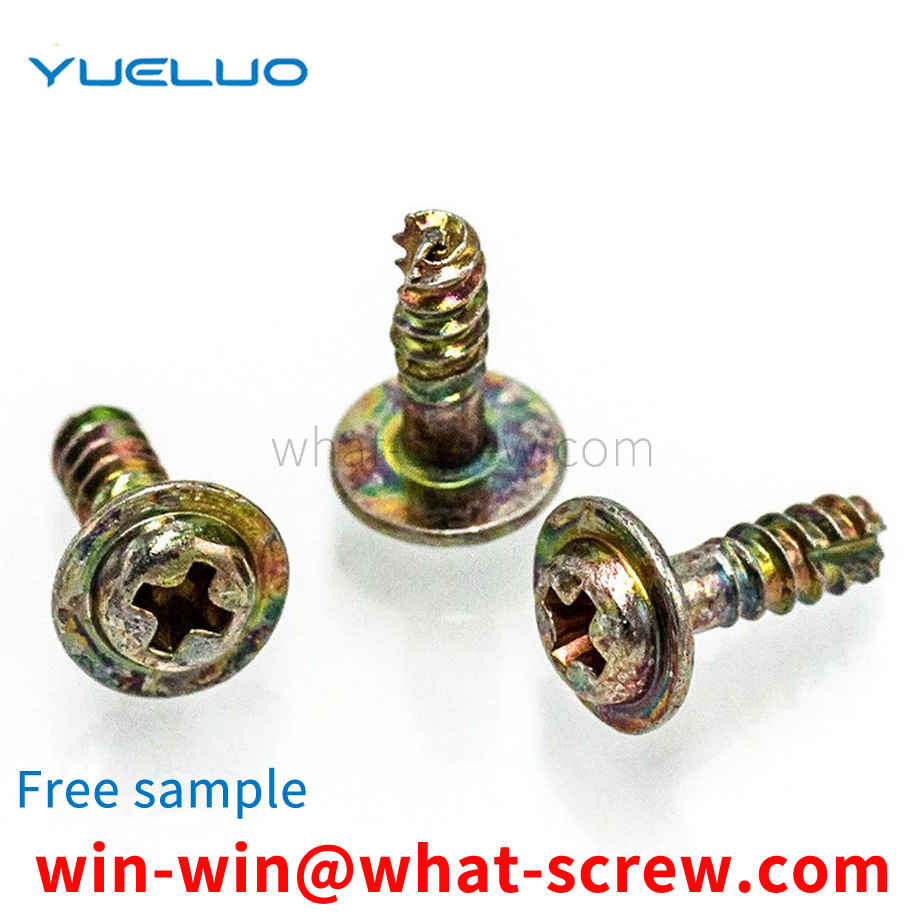
With the rapid development of China's machinery industry, especially the development of heavy industry, the demand for large-scale metal processing equipment is increasing; at the same time, higher requirements are also placed on the technical parameters of the equipment. For some large-scale CNC equipment, to ensure the machining accuracy of the whole product, it is not only necessary to rely on high-performance components such as full closed-loop control and precision transmission components, but also requires the positioning and stability of the joint surfaces between the large and medium-sized components of the equipment. The common positioning of the joint surface between large components adopts flat key positioning, and this method requires processing the keyway at the joint surface of the large components. Since the joint surface of large parts is affected by factors such as processing and splicing, it cannot guarantee that the keyways on the large parts combined can be matched according to the theoretical requirements. Therefore, the positioning flat key needs to press the flat key in the two parts of large parts. Different repair allowances Trim into a stepped shape. The height difference of this keyway in different large components makes a single flat key need to be repaired on four sides, which increases the difficulty of the key repair process and makes it difficult to improve work efficiency. Not only that, when the flat key is repaired and assembled, it must be in an interference fit with the keyway, which makes the disassembly and assembly of the flat key more laborious.
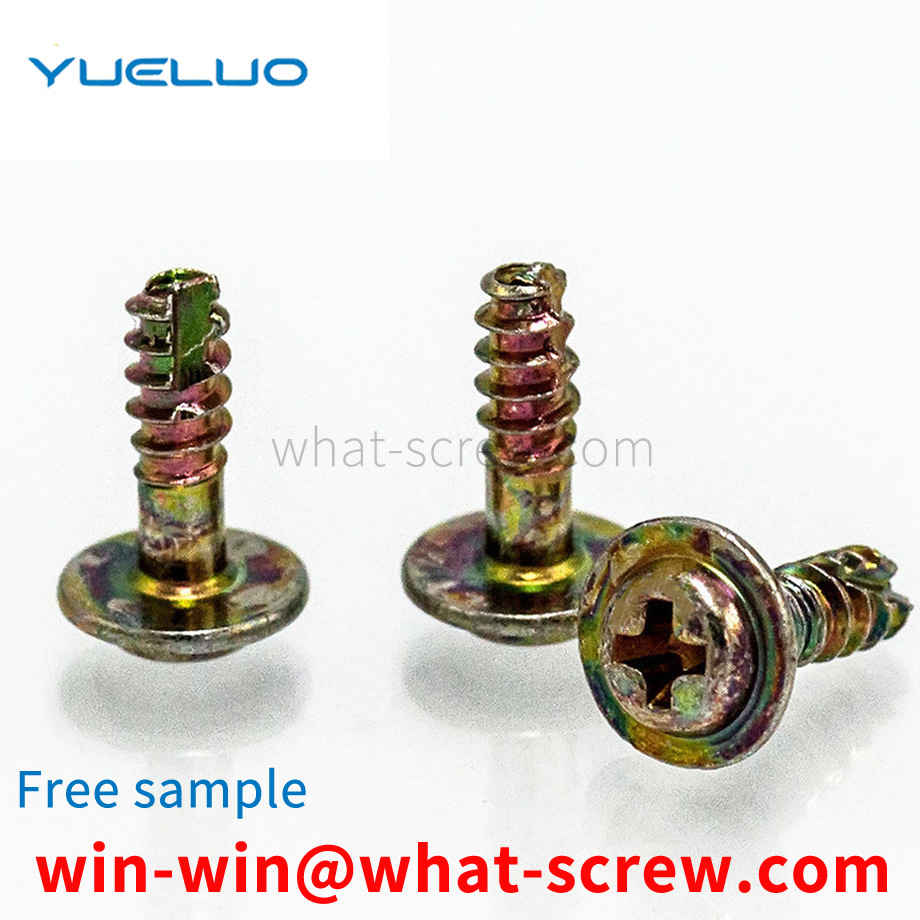
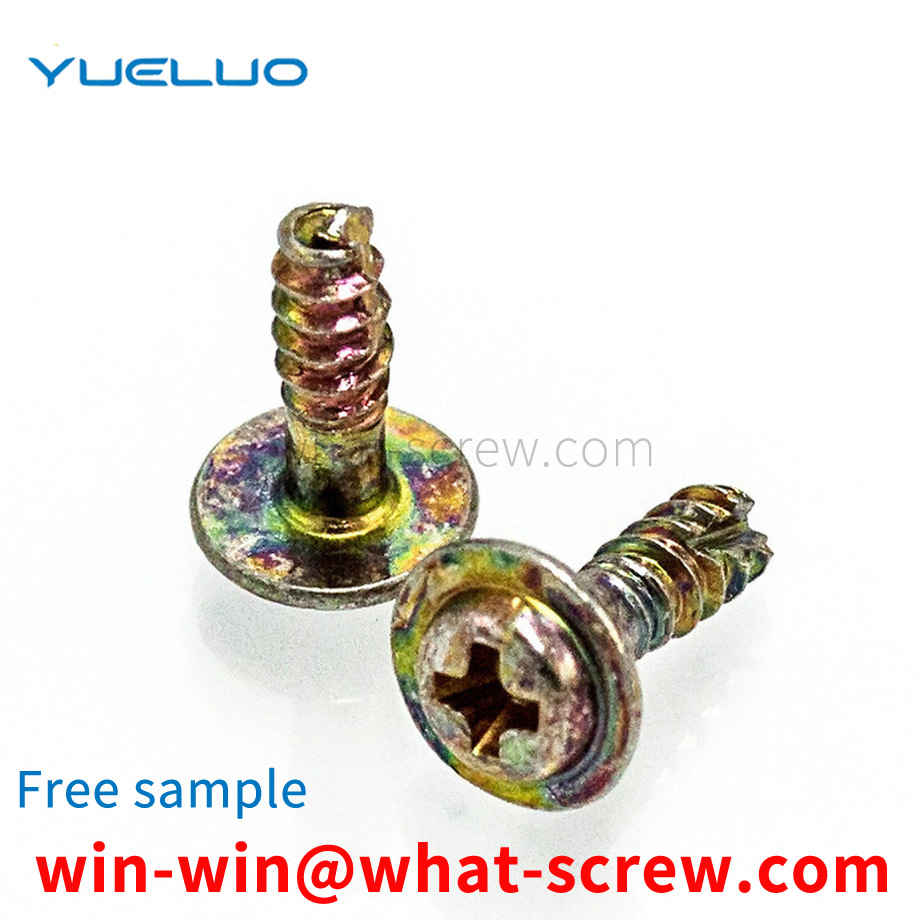
Although there are many types of self-tapping locking screws, they all have the following main characteristics: (1) Generally, they are made of carburized steel (accounting for 99% of the total products). Also available in stainless steel or non-ferrous metals. (2) The product must be heat treated. Carbon steel self-tapping screws must be carburized, and stainless steel self-tapping screws must be solution hardened. In order to make the self-tapping screw meet the mechanical properties and performance required by the standard. (3) The product has high surface hardness and good core toughness. That is, inner softness and outer rigidity. This is a major feature of the performance requirements of self-tapping screws. If the surface hardness is low, it cannot be screwed into the matrix; if the toughness of the core is poor, it will break as soon as it is screwed, and it cannot be used. Therefore, inner softness and outer rigidity are the requirements for self-tapping screws to meet the performance requirements. (4) The surface of the product needs surface protection treatment, generally electroplating treatment. Some product surfaces require phosphate treatment (phosphating). Such as: wall panel self-tapping screws are mostly phosphating. (5) It is produced by cold heading process. It is recommended to use high-speed cold heading machine and high-speed thread rolling machine or high-speed planetary thread rolling machine to ensure product quality. The self-tapping screw produced in this way has a well formed head and high thread quality.
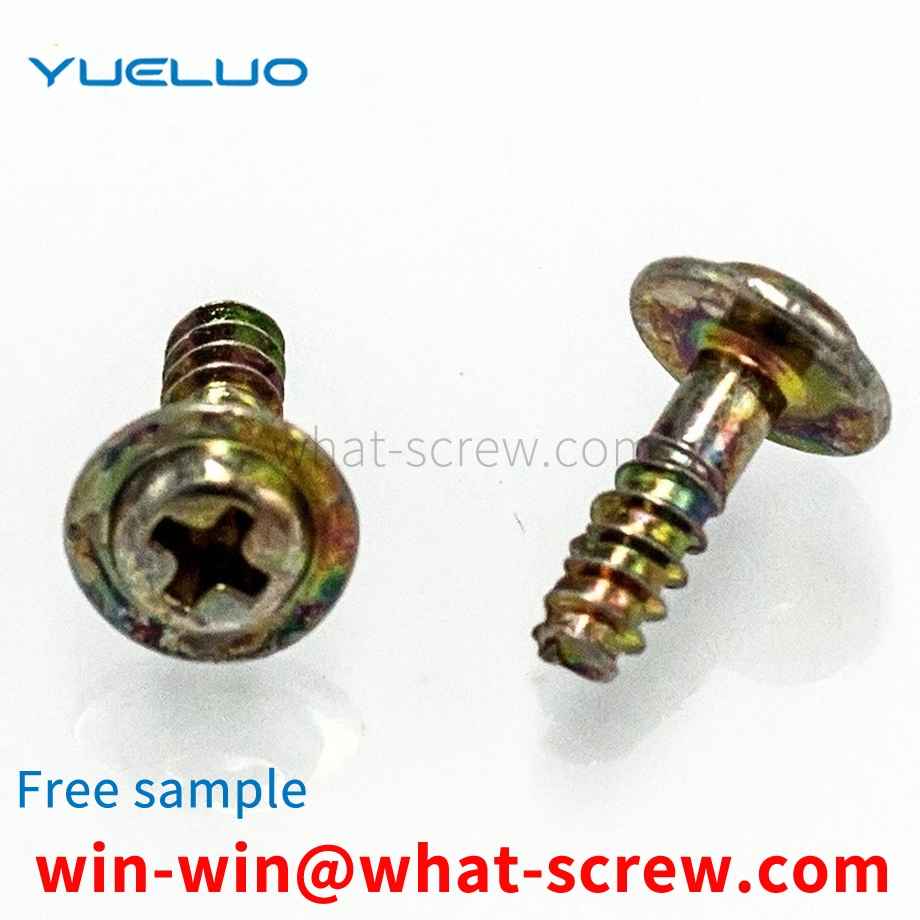
The commonly used tools for fixing screws on the surface of the workpiece are electric screwdrivers and manual screwdrivers. Both of these screwdrivers manually attach the screws to the bits of the electric screwdriver or manual screwdriver, and then fix the screws on the surface of the workpiece. The screwdriver is inefficient in fixing the screw, and cannot accurately locate the screw fixing point.
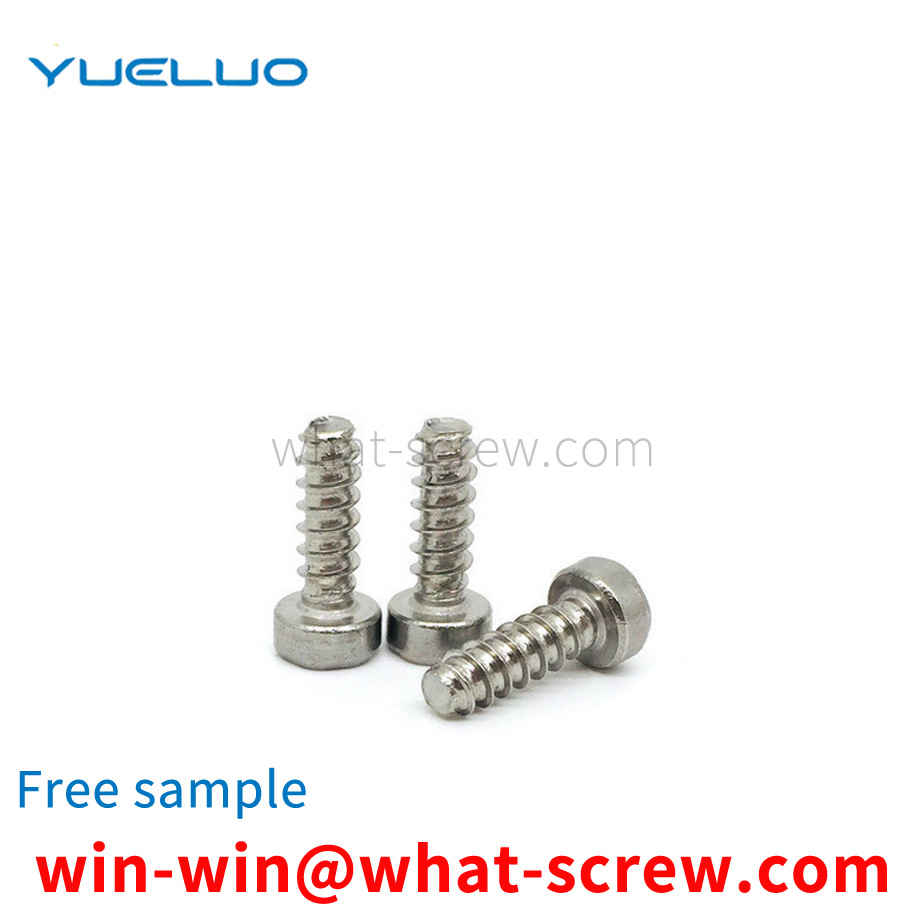
The above content is uploaded by Yueluo or the Internet. If there is any copyright issue, please contact [email protected].

What is the tolerance range of precision screws?

How to choose the right stainless steel screw manufacturer?

Why is there an R angle under the head of the hexagon head s...

We have more than ten years of production experience in the ...

We have more than ten years of experience in the production ...

We have more than ten years of experience in the production ...

We have more than ten years of experience in screw industry ...